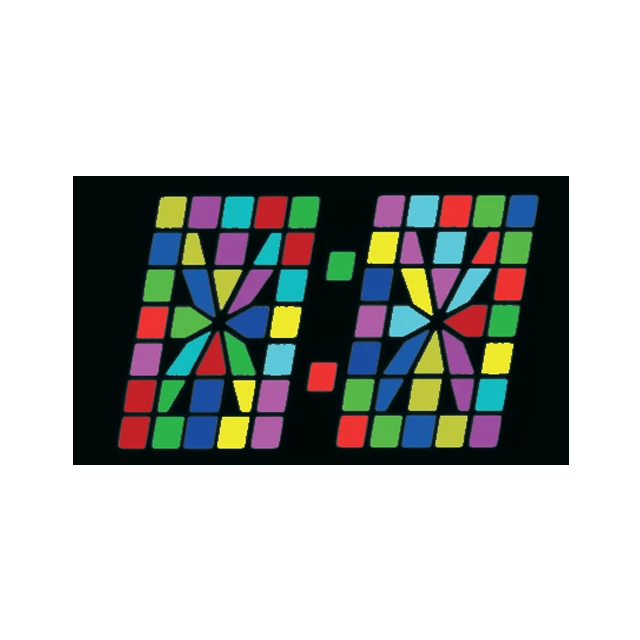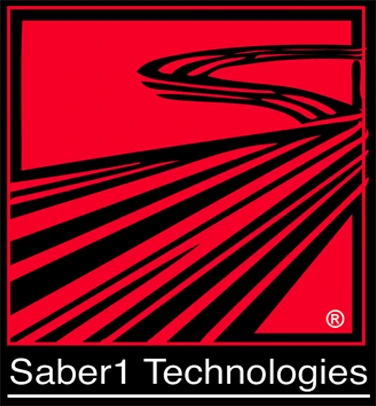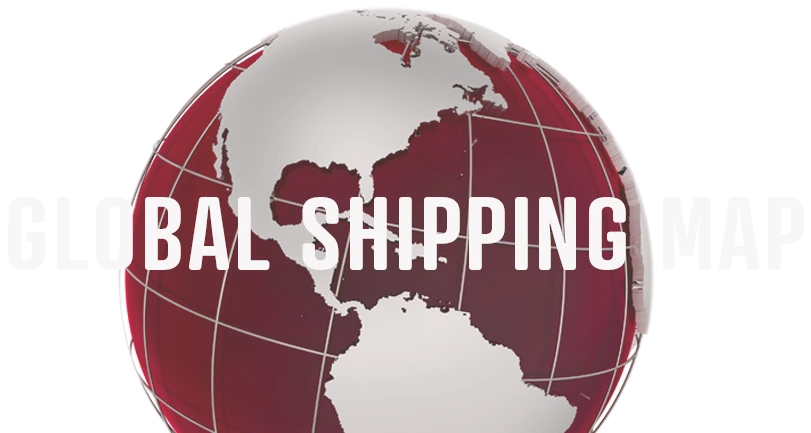Euresys EasyObject
Highlights
The Euresys EasyObject library handles image segmentation, i.e. the decomposition of images into separate objects, also called blobs. Once the objects have been constructed, they can be handled as independent entities. Various geometric parameters or features, such as area, width, or ellipse of inertia, can be computed on them. Then the objects of interest can be selected by means of their position or of their computed features. Euresys EasyObject also supports the inspection of holes is defined objects. Holes are managed as the objects themselves, benefiting from the same geometrical features. Euresys EasyObject library manages the relationship between objects and holes, defining parent objects for holes.
Euresys EasyObject supports the restriction of the blob analysis to complex- or disconnected-shape regions of the image thanks to the Flexible Masks that are available for the encoding functions. EasyImage can also generate Flexible Masks from an encoded image. Refactoring globally improving the execution time, especially for large images and images with numerous objects.
The Euresys EasyObject library is accessible through a brand-new object-oriented API which brings several majors improvements to the library: separate classes according to the different concepts such as encoding, object feature extraction, object selection, improved access to the features of the objects. The objects and the holes can be efficiently accessed randomly (i.e. in an index-based fashion).
Features
- Image segmentation.
- Object labeling.
- Geometric feature extraction.
- Flexible Masks.
- High performance, especially for large images and images with numerous objects.
- Image Encoding: Construction of the runs.
- Object construction: Aggregation of the runs into objects.
- Hole construction: Aggregation of the runs into holes.
- Continuous mode for web inspection applications using line-scan cameras.
- Object feature extraction: Geometric parameters computation.
- Object selection and sorting according to any feature value.
- Position: Limit (top, bottom, left, right), Gravity center (X and Y), Weight gravity center (X and Y).
- Extent: Area (pixel count), Feret box (center X and Y, height, width with distinct orientation angles at 22, 45, 68 degrees) and Bounding box (center X and Y, height, width), Minimum enclosing rectangle (angle, center X and Y, heath, width).
- Miscellaneous: The starting point of the object contour (X and Y), Largest run, Run count, Object number (index).
- Statistics: Pixel gray-level value (average, deviation, variance), Pixel gray-level value (min and max).
- Ellipse of Inertia: Eccentricity of the ellipse of inertia, Ellipse, Second-order geometric moments.
- Convex Hull: The convex hull of a shape is the convex polygon of the minimum area that completely surrounds an object. The convex hull can be used to characterize the object footprint, as well as to observe concavities.
- Graphic Representation: The objects can be drawn onto the source image. The following blob features have a pre-set graphical representation: Objects, Diagonals, Bounding box, Convex hull, Ellipse, Feret Box, Feret box with an angle of 22°, Feret box with an angle of 45°, Feret box with an angle of 68°, Gravity center, Minimum enclosing rectangle, Weighted gravity center.
Applications
- Surface Inspection
- Packaging Inspection
- Object Location





